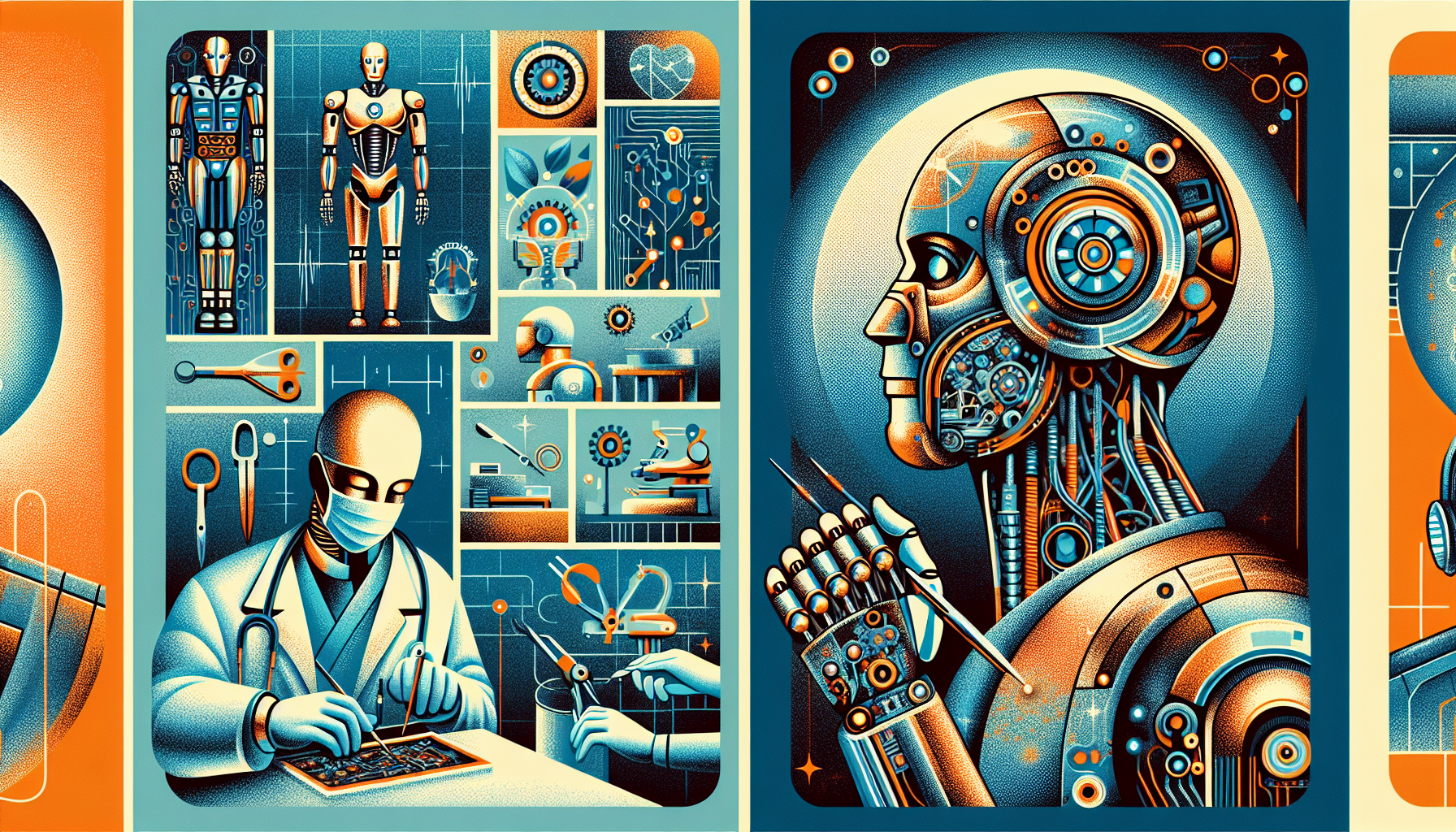The rise of humanoid robots is shifting the landscape of modern industry. Designed to look and act more like us, these machines now hold a remarkable place in fields ranging from manufacturing to medicine. Each leap forward not only brings new technology, but also reshapes our relationship with what machines can do.
Progress in Humanoid Robotics
Humanoid robots are swiftly becoming more capable, accessible, and practical. Where early models were limited by simple movements and rigid programming, today’s robots draw on advances in artificial intelligence, engineering, and computing to achieve far more.
Smarter Brains
At the heart of many new humanoid robots lies powerful AI. Components like the NVIDIA Jetson Orin module give these robots the ability to make decisions in real time. They can see the world around them, understand speech, and react with a level of sophistication that was once science fiction. This ability to process information instantly makes them useful for complex, ever-changing tasks.
Enhanced Senses
Modern humanoid robots are packed with sensors that grant awareness and balance. Devices such as depth cameras and LiDAR help robots “see” their environment, mapping the space so they can move safely and avoid obstacles. Inertial measurement units (IMUs) help maintain balance, allowing the robots to walk upright and perform tasks that once required human steadiness.
Stronger Movements
Fine motor skills are no longer restricted to people alone. New high-torque motors enable smoother, stronger, and more varied motions. Humanoid robots can now grasp tools, move objects, and interact delicately with their surroundings, all with remarkable accuracy and reliability.
The Impact on Work and Society
These technological advancements reverberate far beyond the lab. Factories, hospitals, and business offices are finding new roles for humanoid robots—roles that were once the exclusive domain of human workers. The result is greater efficiency and, in some cases, the freedom for people to focus on more creative or complex tasks.
- Manufacturing: Robots can assemble parts, check quality, and handle repetitive or dangerous jobs. This reduces costs and improves consistency.
- Healthcare: Some robots assist patients, helping with physical therapy or delivering medication, especially in environments where safety and hygiene are crucial.
- Service Sectors: From hotels to airports, humanoid robots provide customer support, answer questions, and handle simple requests, delivering convenience around the clock.
A clear sign of this growing field is the rise of investment tools such as the KOID ETF, which channels funds into companies working in humanoid robotics and artificial intelligence. This shows confidence from markets and underlines the significance society places on these innovations.
Notable Examples
- Unitree G1 EDU: Built for education, this robot introduces students and researchers to advanced robotics, offering tools for real-time control, programming, and AI-powered behavior.
- ALLEX by WIRobotics: ALLEX stands out with its dexterous hand and flexible arms, enabling gentle, human-like interaction. Such features expand its use in both service and industrial settings.
- RB-Y1 by Rainbow Robotics: With two arms and mobility, RB-Y1 is adaptable for many roles. It demonstrates how humanoid robots can assist wherever they are needed, from factories to laboratories.
As research pushes forward and more companies join the effort, humanoid robots are set to transform the world around us. Their advancements reflect not only the skill of their makers, but also a profound desire to solve problems and improve daily life. In this way, robots become not just machines, but important partners in the journey ahead.

Leave a Reply